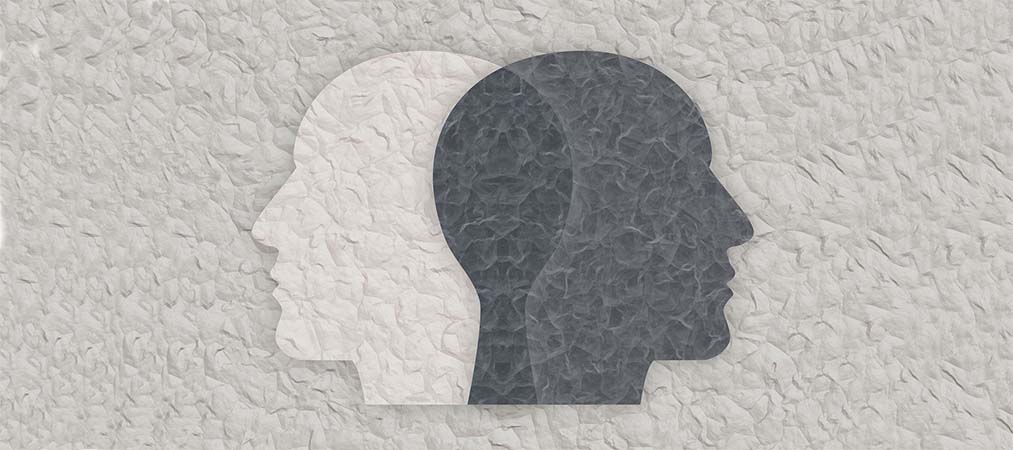Bipolar Disorder: What is it & What Helps?
The Bipolar Spectrum
Many people think of Bipolar disorder as the stereotype we commonly see portrayed in the media–extreme highs, extreme lows, and lots of anger management issues. But Bipolar is actually on a spectrum. The bipolar spectrum consists of three different types–Bipolar I, Bipolar II, and Cyclothymia.
Bipolar I
An individual with Bipolar I has both manic and major depressive episodes. Manic episodes involve distinct periods of abnormally and persistently elevated, expansive, or irritable moods that last at least one week. Symptoms tend to be severe and will negatively impact daily functioning if left untreated. Mania also fosters increased energy levels that incorporate at least three of the following:
- inflated self esteem
- decreased need for sleep
- more talkative than usual
- light of ideas
- distractibility
- increased goal- oriented activities
- engaging in activities that are potentially risky.
Bipolar II
Bipolar II involves hypomanic and major depressive episodes. Hypomania is a distinct period of abnormal and persistently elevated, expansive, or irritable moods lasting at least four consecutive days. Similar to mania, hypomania fosters increased energy levels, however it is not as severe as mania and is less likely to negatively impact functioning. Individuals with Bipolar I are more likely to be hospitalized due to symptoms than someone with Bipolar II.
Cyclothymia
Cyclothymia involves hypomanic and depressive symptoms that do not meet the diagnostic criteria for hypomanic and/ or major depressive episodes. The symptoms need to be present for at least two years.
Fun fact: Individuals with Bipolar disorder are often super creative, introspective, and highly empathetic people! You are so much more than your highs and lows. It is possible to find stability.
Please note: This is not meant for you to self-diagnose. But, if you do resonate with some of the symptoms above, I would highly suggest seeking out therapy. Bipolar disorder is not curable, but it is certainly treatable.
What Helps?
- Develop a consistent sleep schedule
- Minimizing access to credit cards to reduce potential overspending
- Pick up a new hobby or start a creative endeavor
- Create a daily schedule to stick to (Consistency fosters stability)
- Find your community & support system
- Become aware of your triggers
- Medication
Let’s Recap!
Bipolar disorder is not the stereotype the media portrays it to be. It is a spectrum made up of three different types. Bipolar I is the most severe and Cyclothymia is the least severe. It’s so easy to get caught up in the stigma behind Bipolar. But understanding the disorder also allows you to be more in tune with yourself and the world around you, spreading empathy and creativity wherever you go. I want to reiterate that, even though Bipolar is not curable, it is definitely treatable if you have the right team and community behind you. Again, if you resonate with anything mentioned above, please reach out to a therapist today. They would be happy to help you get started on that “what helps” list, which of course is not limited to what I have already mentioned.
Learn more about the writer here: About Therapist Nicole Koronkowski, LSW – Barnum Counseling
Image by Gerd Altmann from Pixabay
